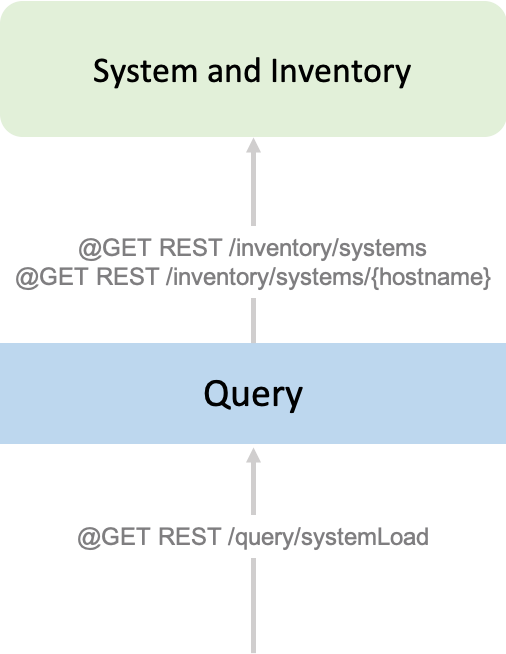Offered By: IBM
Consuming RESTful services async-ly with template interfaces
Learn how to use MicroProfile Rest Client to invoke RESTful microservices asynchronously over HTTP.
Continue readingGuided Project
Open Liberty
70 EnrolledAt a Glance
Learn how to use MicroProfile Rest Client to invoke RESTful microservices asynchronously over HTTP.
You will learn how to build a MicroProfile Rest Client to access remote RESTful services using asynchronous method calls. You’ll update the template interface for a MicroProfile Rest Client to use the CompletionStage return type. The template interface maps to the remote service that you want to call. A CompletionStage interface allows you to work with the result of your remote service call asynchronously.
What is asynchronous programming?
Imagine asynchronous programming as a restaurant. After you’re seated, a waiter takes your order. Then, you must wait a few minutes for your food to be prepared. While your food is being prepared, your waiter may take more orders or serve other tables. After your food is ready, your waiter brings out the food to your table. However, in a synchronous model, the waiter must wait for your food to be prepared before serving any other customers. This method blocks other customers from placing orders or receiving their food.
You can perform lengthy operations, such as input/output (I/O), without blocking with asynchronous methods. The I/O operation can occur in the background and a callback notifies the caller to continue its computation when the original request is complete. As a result, the original thread frees up so it can handle other work rather than wait for the I/O to complete. Revisiting the restaurant analogy, food is prepared asynchronously in the kitchen and your waiter is freed up to attend to other tables.
In the context of REST clients, HTTP request calls can be time consuming. The network might be slow, or maybe the upstream service is overwhelmed and can’t respond quickly. These lengthy operations can block the execution of your thread when it’s in use and prevent other work from being completed.
The application in this guide consists of three microservices, system, inventory, and query. Every 15 seconds the system microservice calculates and publishes an event that contains its average system load. The inventory microservice subscribes to that information so that it can keep an updated list of all the systems and their current system loads.


The microservice that you will modify is the query service. It communicates with the inventory service to determine which system has the highest system load and which system has the lowest system load.
The system and inventory microservices use MicroProfile Reactive Messaging to send and receive the system load events. If you want to learn more about reactive messaging, see the Creating Reactive Java Microservices guide.
Created by
The Open Liberty Project team
Estimated Effort
15 Minutes
Level
Intermediate
Language
English
Course Code
GPXX0IHMEN